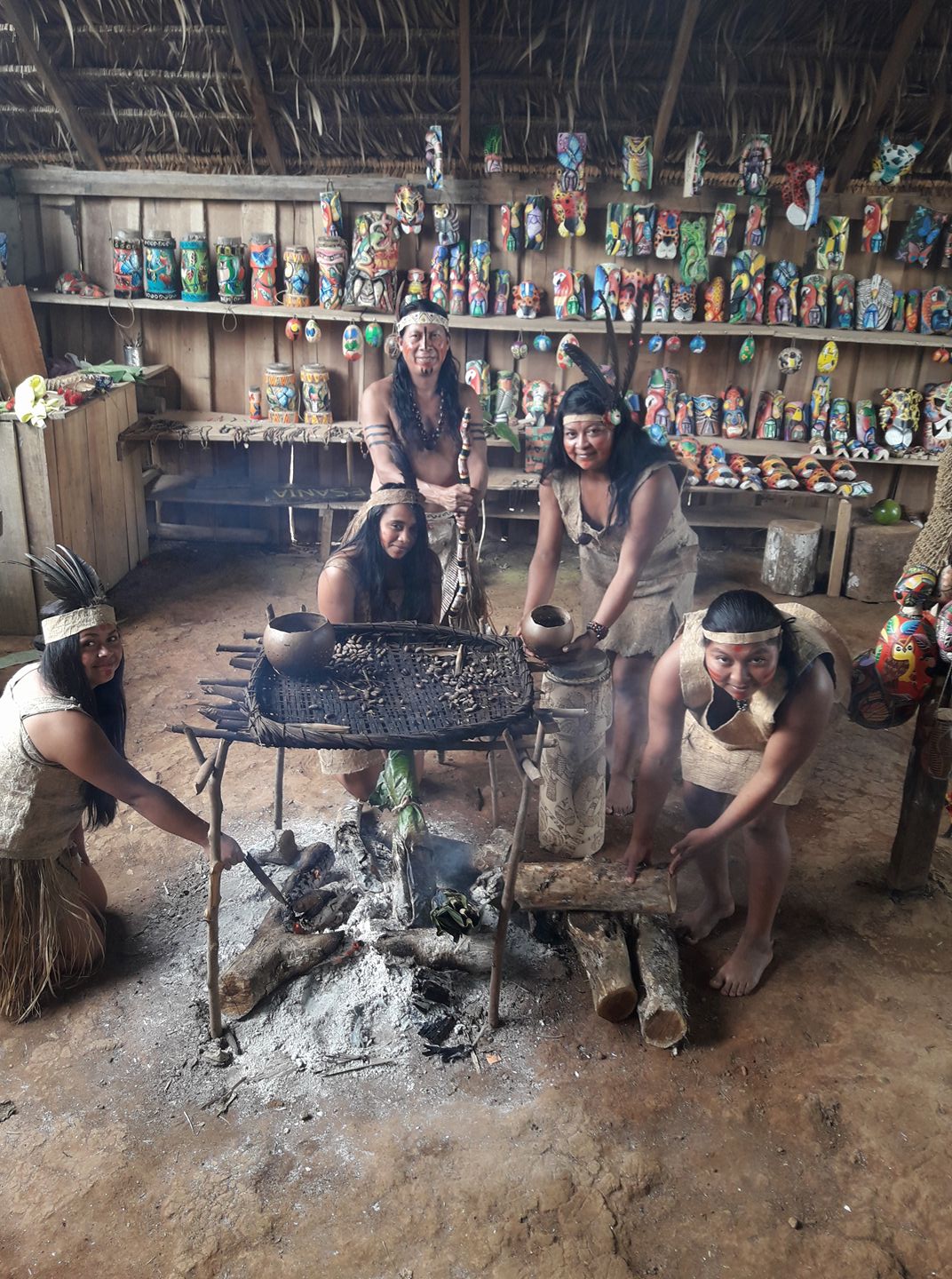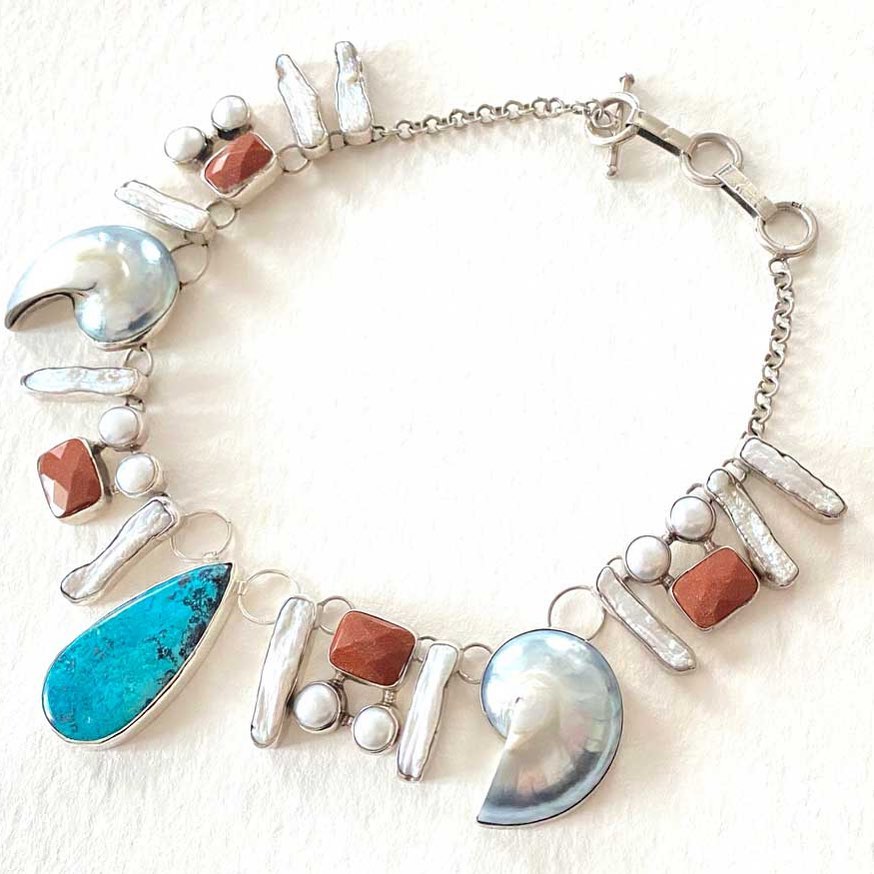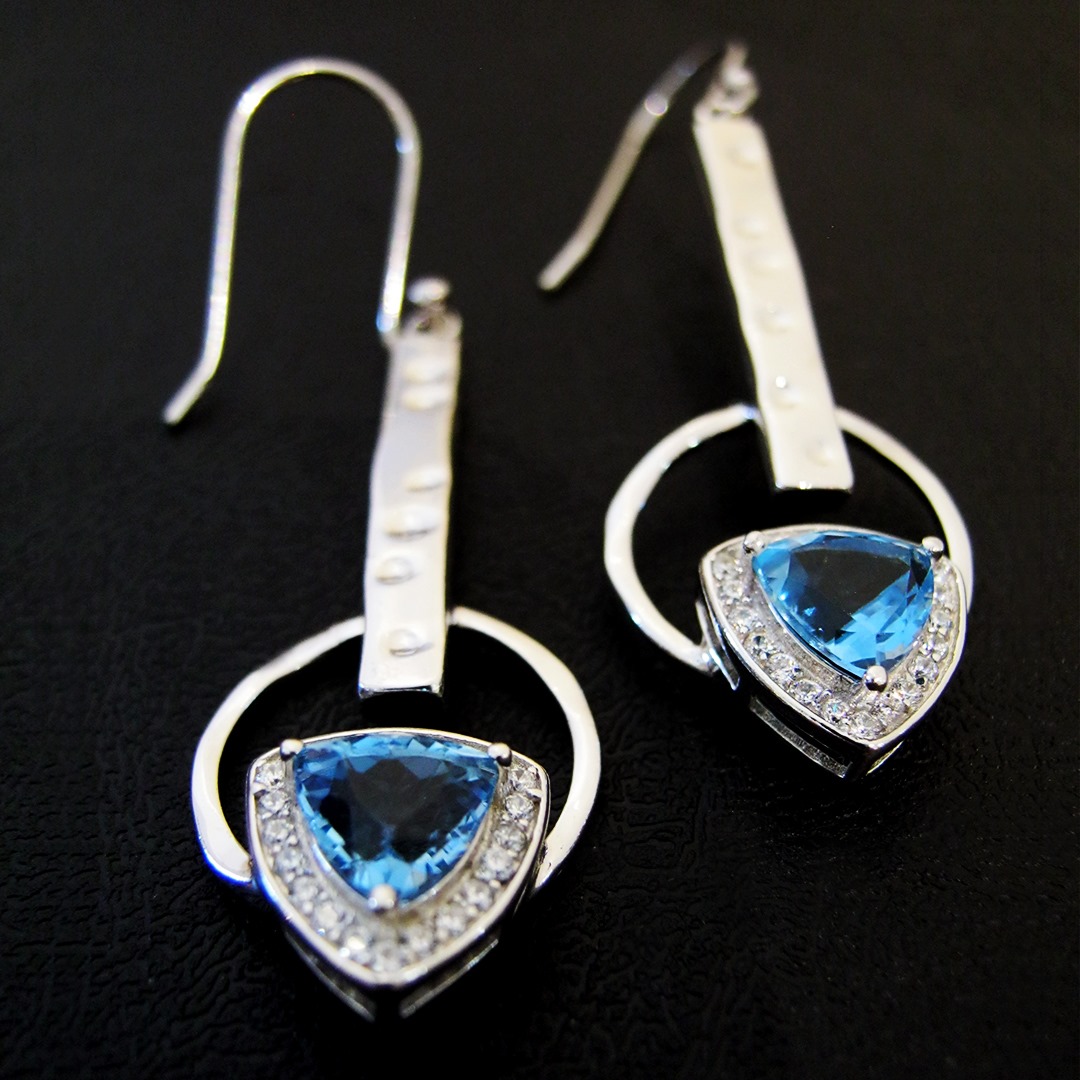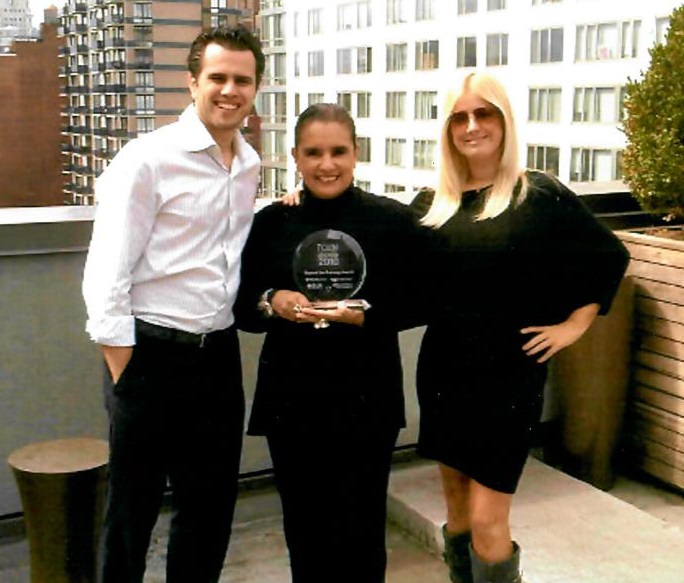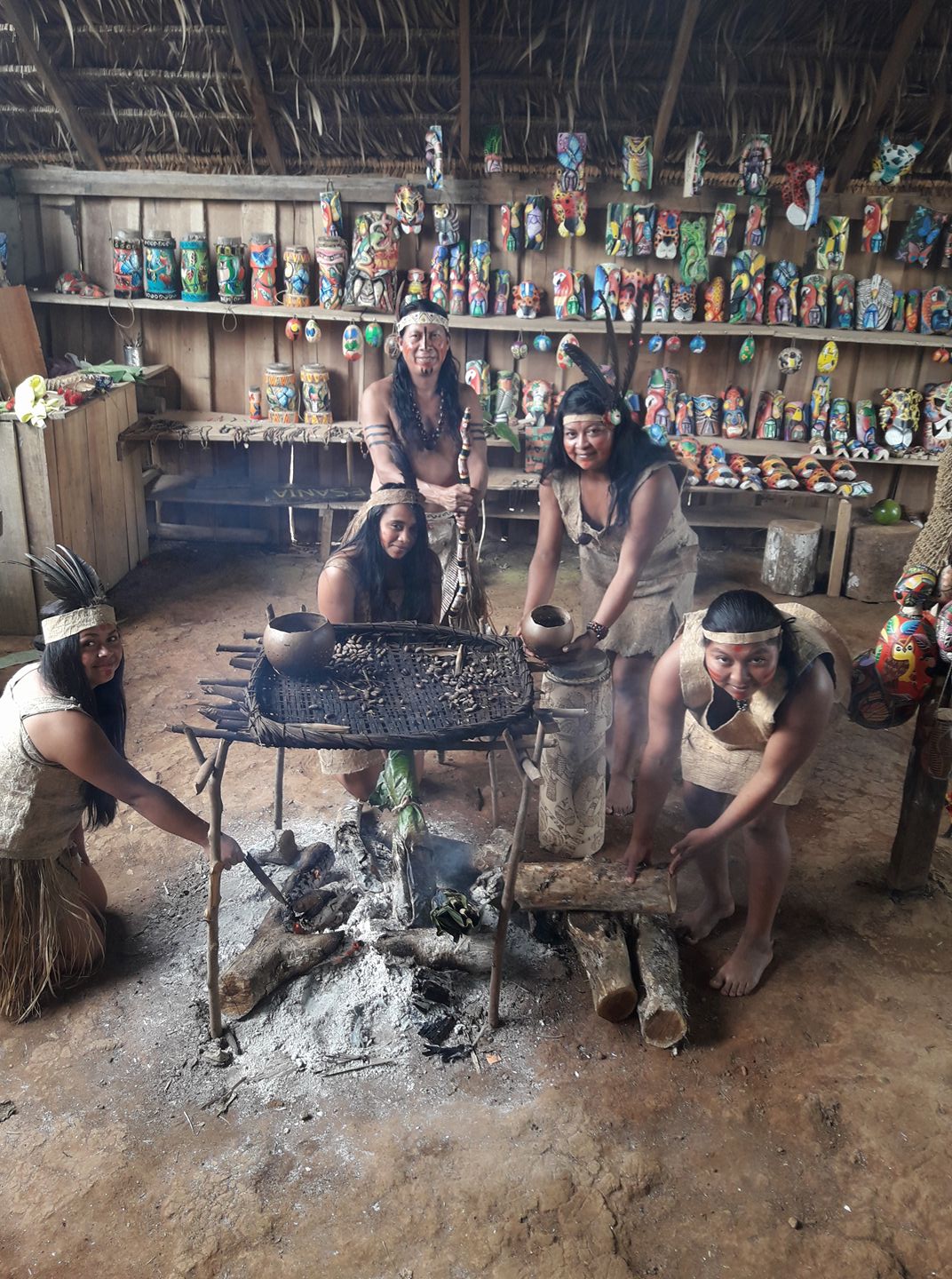Maleku Tribe
The Maleku, of northern Costa Rica, live in three small villages named Sol, Margarita and Tonjibe, the latter literally means “beyond the sun.” The Maleku people are among the most friendly and outgoing in the region. The people are also known as Guatusos, though they themselves prefer Maleku, which means “Indian in love.” Maleku music is characteristically passionate, full of tales of love gained and lost. Like other Indigenous and mestizo peoples in Central and South America, the Maleku carve three gourds, for practical domestic use as well as to sell to outsiders as ornaments. They also carve and decorate distinctive drums with bewildering array of animal images. The Maleku are talented carvers of bows and lances, flutes, maraca rattles and to a lesser extent, ceramics and bark cloth clothing. Men, women and children practice all art forms. Many pieces represent the work of several family members. To a visitor, it seems that all Maleku people are artists of one kind or another. They are certainly the most artistic of the region.
Unfortunately, there are few Maleku people remaining. Once widespread, the tribe is now limited to a small reservation created by the central government through which no major river flows. Maleku leaders believe there are currently (at most) 500 Maleku people. Whatever the precise number, there are few and even fewer elderly Maleku individuals who remember the traditional songs, myths and craft lore. Nevertheless, the Maleku tenaciously cling to many traditional ways of life and have miraculously preserved their language and art and teach it in their community school.
